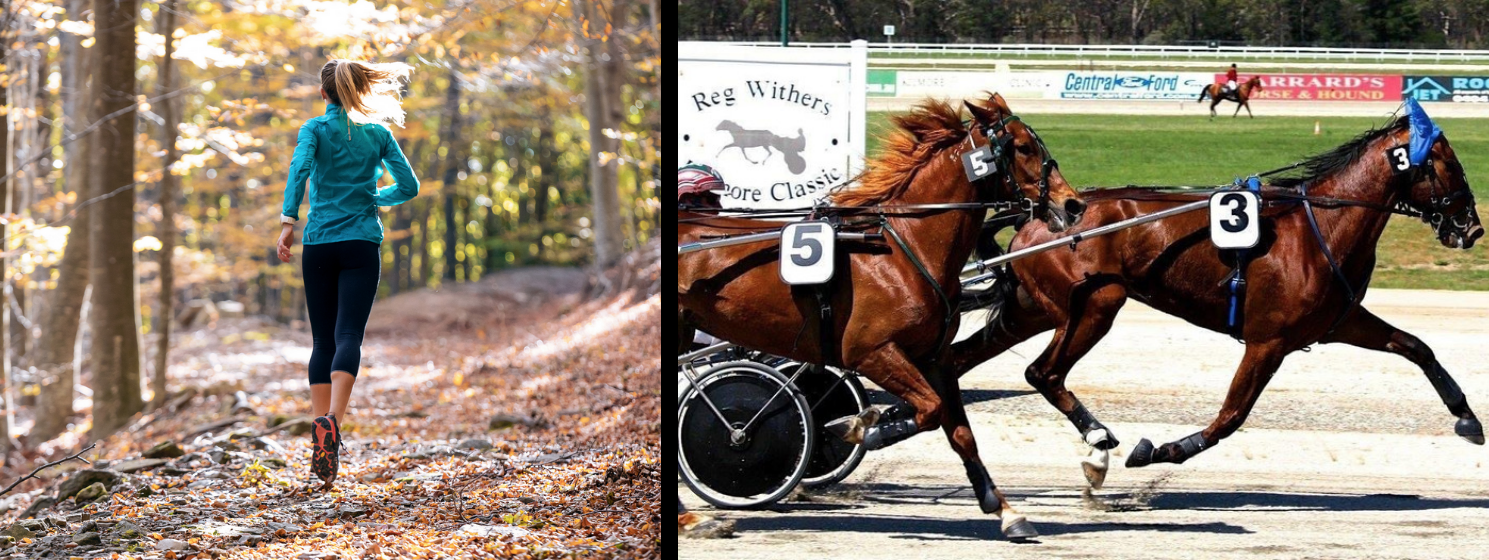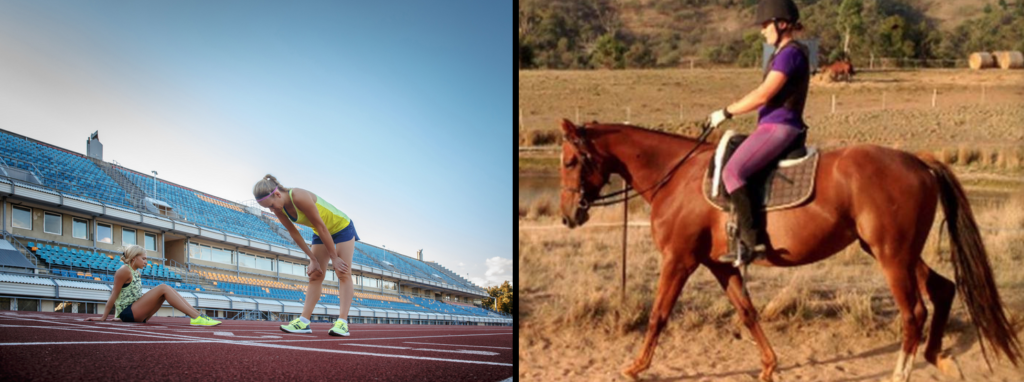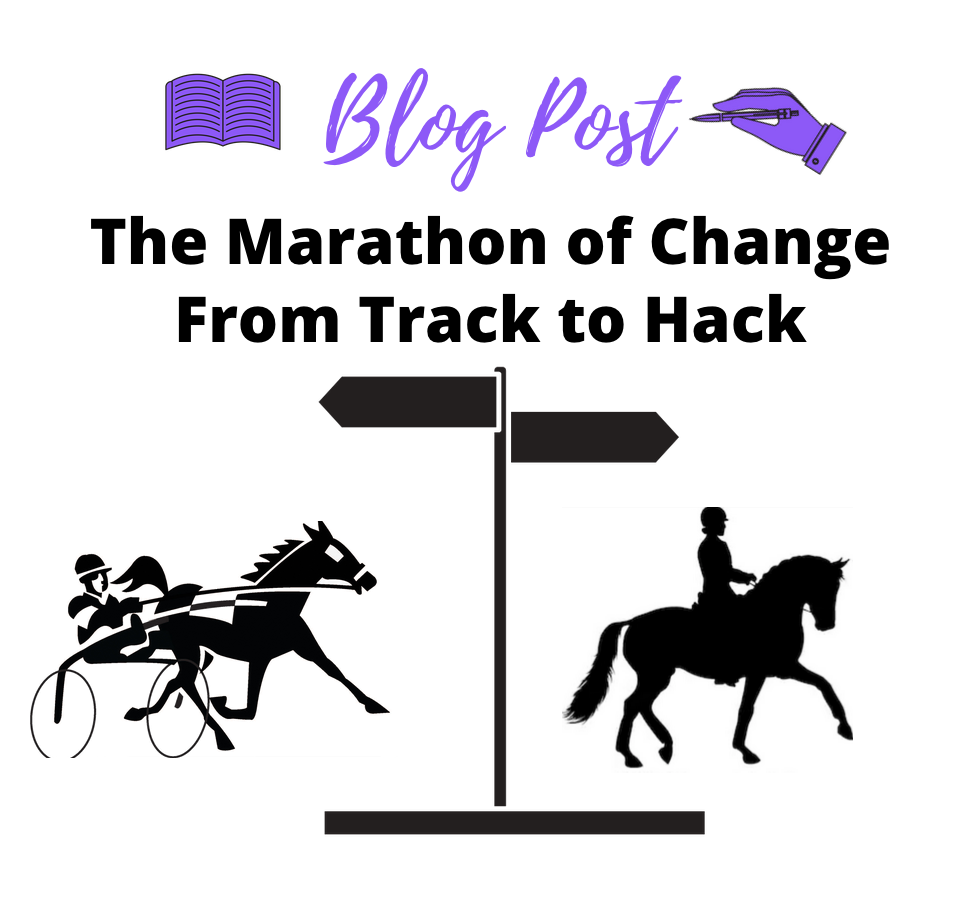I want you to imagine for a minute that you are a professional marathon runner.
“Professional” in the sense that this is your career: a paid role which commands the majority of your time.
A craft which you have perfected steadily over years of careful training.
Each day, you wake and set about your training regime.
Everything about your lifestyle is designed to condition you to be the best long-distance runner you can be: the food you fuel your body with, the type of exercises you focus on, the places you train, your coach, your recovery routine…even the shoes on your feet have been specifically chosen to give you the best chance of succeeding within your field.
Your body is fine-tuned.
You have a muscular frame, but no bulk; you’re a lean, mean, running machine.
You have a fantastic aerobic capacity and legs that don’t tire.
Your mind is also accustomed to pushing through many miles alone out on the open road.
You enjoy the solitude and the mental space to talk yourself through the run, step by step.
You live and breathe your sport.
This is more than a job to you; it is your identity and a part of who you are.
It is everything you know.
You feel at peace on the open road, setting into a familiar rhythm.

Now, I want you to imagine for a second that circumstances force a career change on you.
You’ve managed to secure funding to continue running, but now as a sprinter.
Oh and your new coach, she doesn’t speak English.
EVERYTHING has changed.
First of all, you’ve got a whole new diet and exercise program.
You punish your body in the gym, to morph your whole physique and build new ‘pushing’ muscles to propel you off the blocks.
You now train and race on a track which is made from a totally different surface to the roads you’re used to and requires spiked shoes that make you feel like you’re balancing on stilts.
During every training session you get yelled at in a language you don’t really understand, by a coach who’s getting increasingly frustrated each and every time you put your head up too early, or don’t push quite hard enough over the line.
Can’t she see you’re trying?
It’s only been a month!
You’re slow.
You’re not getting it right.
Why won’t your body just do what it needs to do?
What the others can do.
You were a fantastic marathon runner and, so far, proving to be a clumsy, below-average sprinter.
Your body is screaming at you from all the physical changes and new demands.
You’ve discovered muscles you never even knew you had. And they are angry.
You can’t get out of your own head.
Run, stop. Run, stop. Run, stop.
You’re mentally fried from the intensity of your coach and the relentlessness of this new role, which gives you no space to breathe and think in the way you’re used to.

The above scenario is the closest mental picture I can help you to create, similar to what the transition from track to hack must be like for the standardbred.
When you retrain a horse from harness racing to riding, their whole world view is flipped on its head.
Changes may include:
- Going from a set routine, to seeing people/being fed/training on a less predictable schedule, or ad hoc basis.
- Private yarding/stabling to turnout in large paddocks (often in herds, where a pecking order must be established).
- Dietary change. This can be a significant issue for horses moving from a high-grain/calorie diet, to being turned out on pasture and hay. This change can stress the body, resulting in health issues (such as gastric ulceration).
- Harness racing gear to riding gear. ‘Nuff said!
- A shift in training space from a large, immaculately graded flat racetrack to a tiny little roundyard where a horse has to bend its whole body in an unfamiliar way, or riding arena space with lots of corners and direction changes, or a trail ride with hills to climb and uneven terrain.
- A new ‘coach’, who has literally changed all the rules. The horse is no longer allowed to pace, is encouraged to canter and someone is now sitting on top, moving around and kicking!
- Immense physical change, which can be incredibly taxing on the body. A harness racehorse has developed and refined nearly the exact opposite muscles to that of a riding horse.
(Riders often confuse muscle with fat when looking at the shape of their horse. As outlined in the veterinary chiropractic resource included in our Standardbred Body & Mind Workshop “it can take months of consistent training to see muscle changes suited to workload“.
As that ‘coach’, it is our job to be mindful of ALL of the life-changing physical and mental changes listed above, when approaching the retraining journey.
Trust me when I say, as someone who has worked with countless standies over the years, I know just how disappointing and frustrating it can be when your horse just can’t figure out or execute the skills you’re asking of them. Some of the bigger retraining challenges can feel like they’re never going to be conquered. The emotions can be overwhelming.
In these moments, I hope you’ll think of the above story. May it help you to breathe, reset and remember that your standy is trying hard to please, but simply unpacking a lot of mental and physical baggage in the transition from track to hack.
After all… the retraining journey is a marathon, not a sprint.
Trainer Nic.

If you’d like to learn more about a step-by-step process you can take your standardbred through to help them to be more confident, connected to you, strong, supple and prepared for their new role as a riding partner, please click over and learn more about our Standardbred Groundwork Workshop:
SHOP STANDY WEAR:







